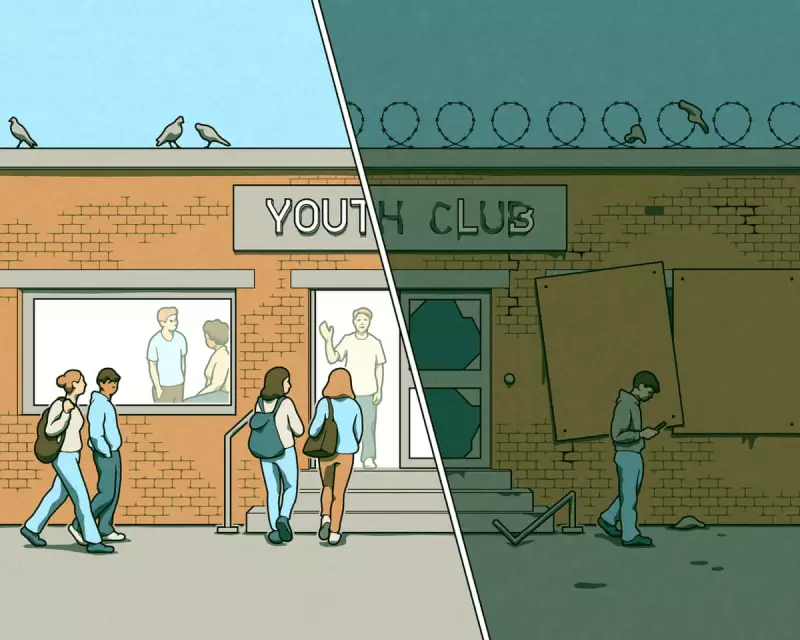
Britain is sleepwalking into a crisis of connection, where the steady erosion of youth services has left a generation adrift and communities fractured. The closure of youth clubs hasn't just eliminated safe spaces—it has torn holes in the very fabric of our society.
The Vanishing Safety Nets
Across towns and cities, youth centres that once buzzed with activity now stand silent. These weren't just buildings; they were crucial community hubs where young people from different backgrounds could mix, form friendships, and find mentors. Their disappearance has created a vacuum that digital spaces cannot fill.
The Cost of Cuts
The statistics paint a stark picture: funding for youth services has been slashed by over 70% in some areas since 2010. This isn't merely a budget line item—it's a strategic failure that has:
- Deepened social segregation between different economic and ethnic groups
- Left young people without trusted adult guidance outside school and family
- Created breeding grounds for loneliness and mental health struggles
- Removed crucial early intervention opportunities
A Generation Growing Up Apart
Without these shared spaces, young people increasingly exist in parallel universes. Those from affluent families access private clubs and activities, while others are left with nowhere to go. This physical separation reinforces social divides and prevents the natural mixing that breaks down prejudice.
The Loneliness Epidemic
The impact on young people's wellbeing is profound. Without the casual social interactions that youth clubs facilitated, many experience intense isolation. The digital world offers connection of a sort, but it cannot replace the shoulder-to-shoulder companionship of shared physical activities.
Rebuilding From the Ground Up
The solution requires more than just restoring funding. We need a fundamental rethinking of how we support young people's social development. Communities, local authorities, and businesses must collaborate to create new types of inclusive spaces that meet today's needs while preserving the core function of bringing young people together.
The choice before us is clear: continue down the path of fragmentation, or invest in rebuilding the connective tissue that binds communities and gives young people the foundation they need to thrive.





